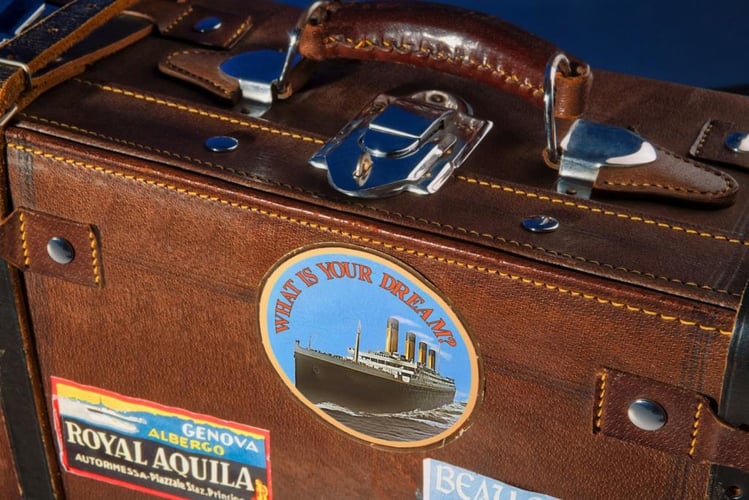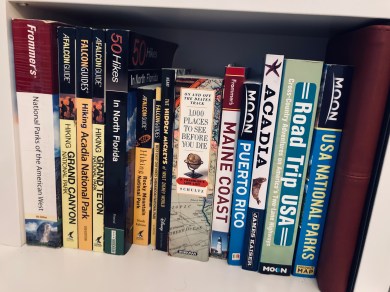How to be a Confident Traveler, Part Two: Mastering Public Transportation
Like many Americans, I grew up in a small town; other than personal vehicles, modes of transportation in rural Iowa were limited to my own two feet, a bicycle, or perhaps the occasional tractor (kidding!). My only real experience riding public transit as a young child came on a family trip to Washington, DC when I was about ten. My dad, being frugal, chose a hotel on the fringes of the city and we used the Metro to get around the city. Ever a teacher, he showed us how to read the Metro map and how to buy tickets; he reminded us to always stand on the right on the escalators and wait for people to get out of the arriving train before we got on. We survived multiple trips on the Metro and no one got lost or separated.
On my first real independent trip (read: no adults), my friend Shannon and I learned pretty quickly that city buses operate differently than metro trains and took a variety of unplanned detours around Edinburgh while we figured things out. On that same trip, we experimented with subway systems, intra-city buses, and even ferries.
Since that time, I’ve had the opportunity to ride public transportation all over the United States and Europe. The fortunate reality is that public transportation operates similarly all over the world – a few basic skills will have you zipping about in no time. In this post, I’ll cover city-based transit, and a future post will look at options for getting between cities.
Subways/Mass Transit Rail
In larger cities around the world, one of the most popular forms of public transportation is the subway/rail system. Whether the Tube in London, the Metro in Paris, the El in Chicago, or the subway in New York City, these mass people-movers all operate in the same way.
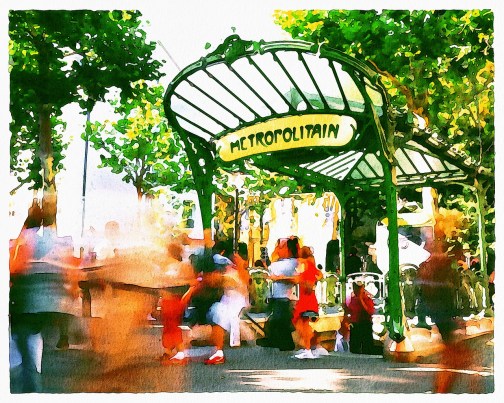
Subway systems are made up of a variety of lines, identified by color, name, or number. Each line has multiple stops; in most cities, several trains run simultaneously on each line in both directions. Most trains stop at every station, even if no one gets off or on. Exceptions are express trains or stations that are closed for maintenance; study notice boards carefully and listen for announcements for more information.
One of the really nice things about subway systems is that they are not generally impacted by heavy traffic since they run underground (or on elevated platforms). Even when crowded, they are usually one of the fastest forms of public transit available.
To ride the subway, you need to know the following things: at which station you are starting, the name of your destination station, and the name/number/color of the line that runs between them. You will also need to know which direction you are traveling. Often, this is referred to by the final stop on the line; sometimes, cardinal directions are used.
Reading a transit map
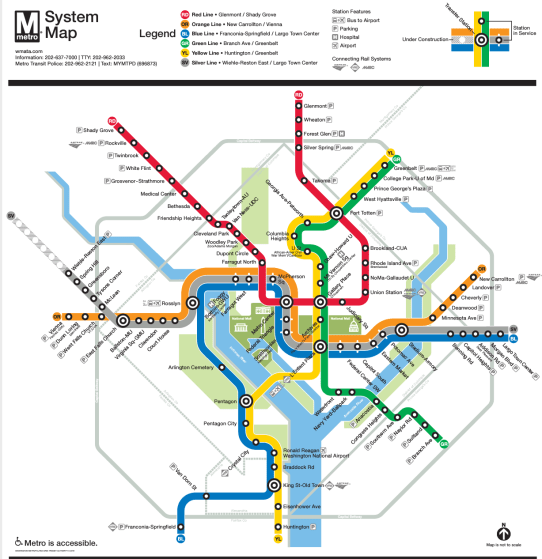
For example, imagine that you are in Washington DC and staying at a hotel a couple of blocks from the Rosslyn Metro stop. Today, you’d like to visit the museums on the National Mall. You know that you need to ride the Metro to the Smithsonian stop. Looking at the map, you can see that the Orange or Blue lines will take you there; since you’re traveling east, you need to look for a Blue line train headed for Largo Town Center or an Orange line train headed to New Carrollton. Either train would be six stops. Heading back, you’d hop on the Blue or Orange, but this time trains bound for Franconia-Springfield or Vienna.
More complicated journeys may require a change of trains, also known as a transfer. Using the example above, today you’d like to catch a baseball game at Nationals Park. The ballfield is at the Navy Yard, on the Green Line. For this trip, you’d need to catch either the Orange or Blue train mentioned above, ride it to L’Enfant Plaza, and switch to a Green Line train traveling towards Branch Avenue. Ride the Green train two stops from where you change.
Trams
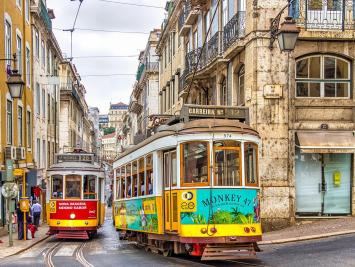
Some cities, such as San Francisco, Munich, or Amsterdam, have trams instead of – or in addition to – light rail. Trams are sort of a cross between city buses and subways; they operate above ground on a fixed route like a bus but generally stop at every station similar to a subway. Trams are typically less affected by heavy traffic than buses, as they often have their own lanes with different traffic rules. Additionally, it may be easier to deduce your location since they travel above ground and allow you to watch the city scenery as it goes by your window.
Riding a tram works just like riding the subway. Find your stop, and wait for your tram – ensuring that you are standing on the platform or at the stop for the tram going in the correct direction. When the tram arrives, enter and take a seat. Validate your ticket if necessary, and be sure to retain your ticket throughout your journey. Stops are generally announced over the loudspeaker and often displayed on a lighted board inside the tram. When the tram arrives at your destination, exit the tram and you’re on your way!
Commuter Rail
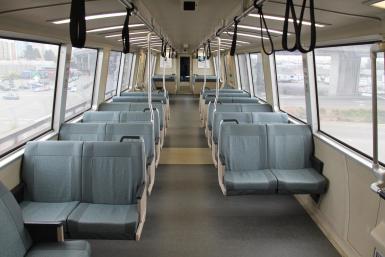
Larger cities, like Paris or Chicago, or Berlin, may have a commuter rail in addition to a subway system. Commuter rail generally makes fewer stops than a subway, and goes further out into the suburbs or even to neighboring small towns. Designed for people commuting into the cities, these trains run frequently during the workweek and less frequently on the weekends. While they often will stop at every suburban station along the line, they generally stop only at a few major stations in the core of the city. They often operated on a more fixed timetable with departures at specific times instead of running every few minutes. This means that they can be great options for travelers who want to get across town in a hurry if the timing is right.
In most cities, your mass transit/subway ticket will also work for commuter rail within the city core. If you plan to go farther afield, you may need an additional ticket to cover the portion of your journey that takes you outside the city center.
City Buses
In many cities, if you master the art of riding the metro/subway, you won’t have a lot of need for a city bus – but learning the bus system gives you additional options. Frequently, bus and train timetables are synced so that you can seamlessly hop from one to the other without much of a wait. Additionally, many city bus systems are now GPS-enabled, allowing you to track the bus before & during your journey.
Bus routes are almost always numbered, with the final stop on the line indicated on the digital display at the front of the bus. Routes typically run in a loop or back-and-forth; this means that your stop to go back may be on the opposite of the street from the stop at which you board the bus. Bus stop signs usually indicate by number which buses will stop at that particular location; some bus stops will even have timetables or digital displays indicating which bus comes next.
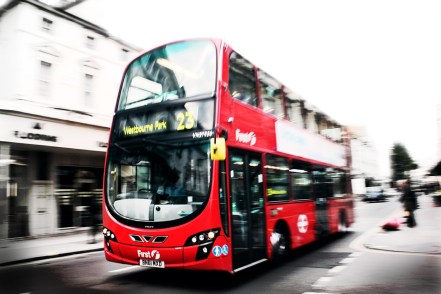
Unlike trams and trains, buses do not stop at every “station” on their route. Each route may have a few fixed stops – such as a train station or major tourist site – where the bus may sit for a minute or stop regardless of anyone needing to get on or off. Most bus stops, however, require you to signal the driver in some way. If you’re waiting for the bus at a marked stop, when you see the bus coming in your direction you simply step a bit closer to the curb; in some instances, you may have to hold up your hand or signal in another way that you want the bus to stop and pick you up. Watch the locals and imitate.
Most of the time, you board a city bus from the front near the driver, although there are always exceptions to this rule. If you’re unsure if the bus will take you to your destination, you can confirm quickly with the driver as you board.
Swipe/insert/validate your ticket and then find a seat or place to stand. Avoid sitting in a seat designated for those in wheelchairs or the elderly (unless you yourself need those accommodations). Keep boxes, bags, etc on your lap or at your feet, and avoid taking up more than one seat if the bus is crowded. Backpacks should be worn on your front when riding public transit so that you don’t bump people around you.
Keep an eye on your route, and when your stop is coming up you will need to signal to the driver that you’re ready to get off at the next stop. On most buses, there is a button or pull cord that you push/pull a minute or so before your stop to let the driver know; in some instances, you may need to verbally alert the driver. Exit the bus through the rear doors (if possible), and be sure to take all of your items with you.
Tourist Buses

Another option for transit, especially in larger cities, is the tourist bus. These have become very popular in recent years and can be an efficient way to string together major tourist sites that would normally involve a complicated public transit journey. In most instances, the tourist buses are double-decker vehicles with an open top and enclosed bottom. Your ticket, which can be purchased on the street when you enter the bus, is good for an entire operational day (or more). Many buses come with either a pre-recorded narration or a live guide; headphones are often available for free or for a small fee. You can listen to the narration to get a very brief overview of the things you are seeing on your route.
Most tourist buses have 15-20 stops along their route; I like to ride the entire route once as an introduction to the city, and then use the bus to hop off at various points of interest. Double-check operational times closely; many of these buses stop running around 6 or 7 pm, so after those hours you may need to plan a different strategy for getting around.
Ferries, Water Taxis, Gondolas & Other City Transit
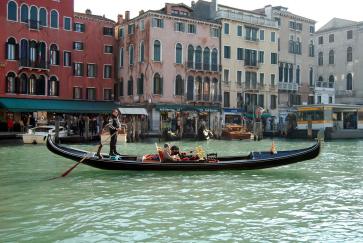
Some cities have water-based transit as well. Venice, in particular, has a network of vaporetti (water shuttles) and gondolas but you can also use boats as transit in places like New York City, Seattle, Paris, London, and the Rhine River in Germany, and many other major cities. Most often, these work just like a city bus: buy your ticket, wait at the stop, get on the next boat, and away you go. In some instances, boats are covered by your city transit pass/ticket; in most, you have to buy a separate ticket to ride on the boats. Boats are rarely faster than a subway or bus, but they can sometimes be more scenic or direct.
Buying Tickets
Every public transit system in the world requires some sort of ticket. More and more often, tickets can be purchased and stored on your smartphone if you so desired.
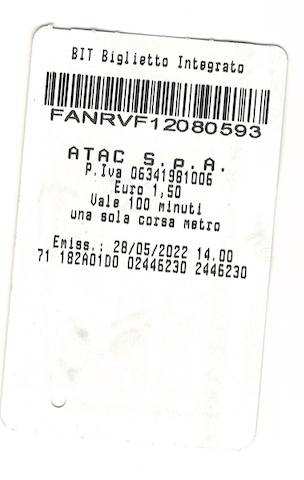
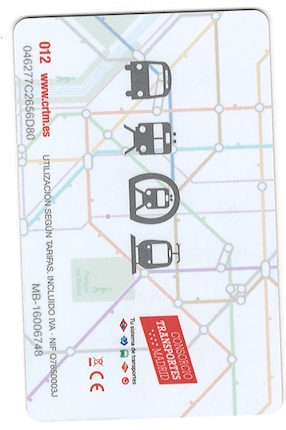
Tickets can typically be purchased in either a single-ride or multi-ride variety. Children, seniors, and those with disabilities often ride for free or at a reduced cost.
A single-ride ticket is just that: it allows you to take one ride on the transit system. Often, this ticket will include transfers or multiple modes of transportation as long as you are within a certain time frame (for example, 90 minutes) or going in one direction. If you only plan to make a couple of journeys on public transit, paying as you go by buying single-ride tickets is probably the easiest and most cost-effective way to travel.
A multi-ride ticket can come in a variety of flavors: a certain period of use (a day, week, or month), or a certain number of rides (5 or 10, or 30). In most instances, multi-ride tickets cannot be shared by multiple people, although there are some exceptions. If you plan to make heavy use of a public transit system, taking several rides in one day, a day, or even a week pass probably makes the most financial sense. One benefit of a multi-ride pass is that you can use the public transit even for short hops which wouldn’t make a lot of sense if you were buying single-ride tickets as you go.
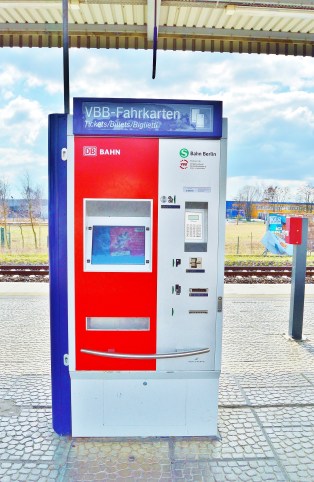
Some transit systems, like the one in London, use stored-value transit cards similar in size and shape to a credit card. A traveler purchases the card for a small fee ($3-5), and then adds money to the card. Every time you take a ride, the fare is deducted from the card. When you run low, you simply add more funds via the internet or a machine in the station.
Other transit systems still offer (or prefer) paper tickets, either for a single ride or a multiride pass. These tickets can often be purchased in stations, at newsstands/tobacconist shops, or at a tourist information office.
In some instances – a city bus, for example – you may be able to pay your fare in cash when you embark. If this is in your plan, be sure to carry the exact change as most drivers cannot break bills.
Many cities have simplified their ticket structure in a way that allows a single ticket to cover subway, bus, and rail services; often, you can transfer between the different modes of transportation for little- or no fee provided you are making timely progress in a single direction. Unless you buy a multi-ride pass, a few places still have separate tickets for their bus & rail systems.
Taxis
The final tool in your public transit toolbox is taxis. Even if you don’t taxi regularly at home, they can be a useful way to string together sights that are distant, or even cheaper in some instances than the metro – especially if traveling with a large group. For example, in London, a group of four will travel cheaper in a taxi than riding the Tube – even for a short trip.
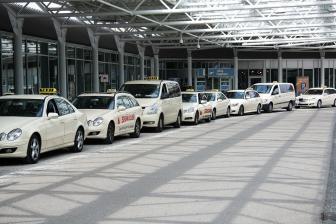
Hailing a taxi often works just like it works here in the states. You can (usually) grab one on the street, call one, use an app to find one, go to a taxi stand, or ask your hotelier to call one for you. Taxis work a bit differently in every country; some will start the meter as soon as they are called, and others don’t start until you get in.
It’s a good idea to carry some cash if you are going to use taxis – more and more will take cards, but cash is always accepted in a cab. Apps, like MyTaxi or FreeNow, work well to order taxis and pay via the app. If you’re in a place with a language barrier, ask a local or your hotelier to write down the address or name of the place you are going to hand to your driver.
One small bit of caution – always use official taxis for the city that you are visiting. These taxis are regulated, and you are more likely to have recourse if something goes amiss. Make a note of the cab number & the posted rates, and keep an eye on the meter. In some countries, you will need to confirm your destination and rate before you get in the cab.
Mastering public transportation really opens up your sightseeing options as you travel around the United States and the world. Once you figure it out in one city, the skills you learn should help you navigate public transit worldwide!
Ready to plan your next trip? Get started here!
Related
What I Did Over the Summer, 2022 VersionSimilar post
How to be a Confident Traveler, Part 4: When Disaster StrikesSimilar post
Trip Review: Seven Night Mediterranean CruiseIn "Reviews"


